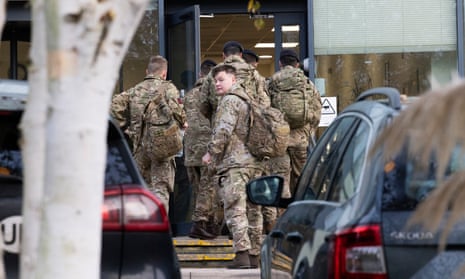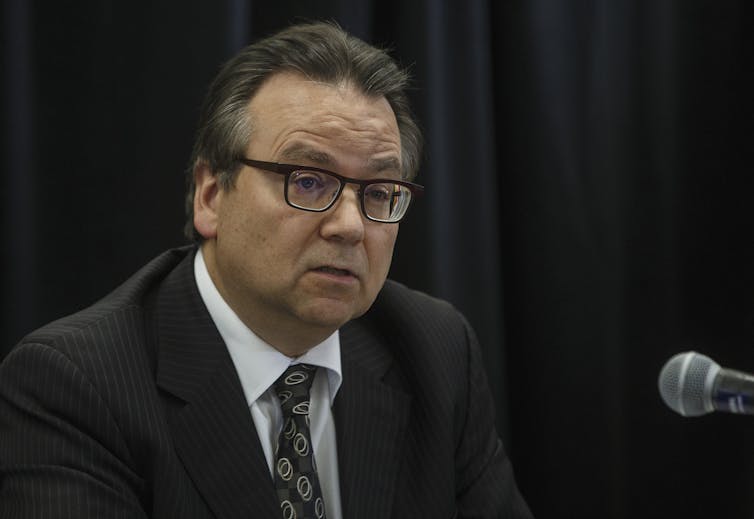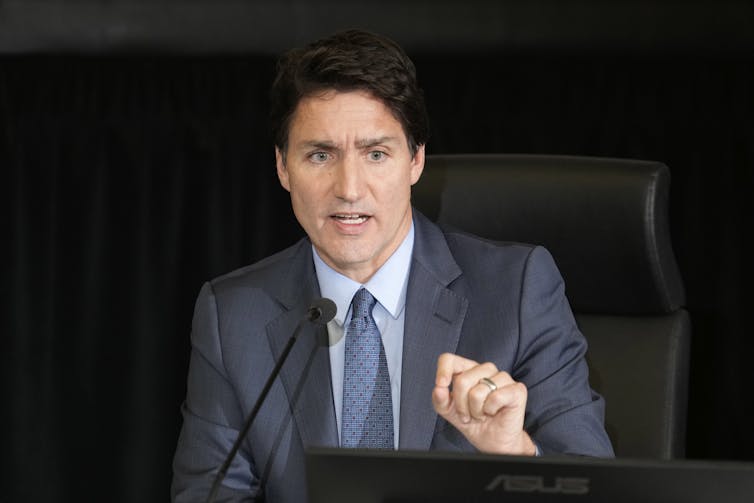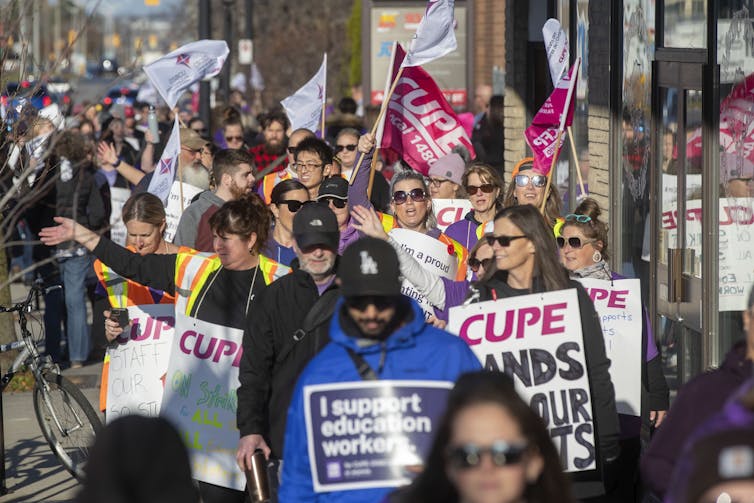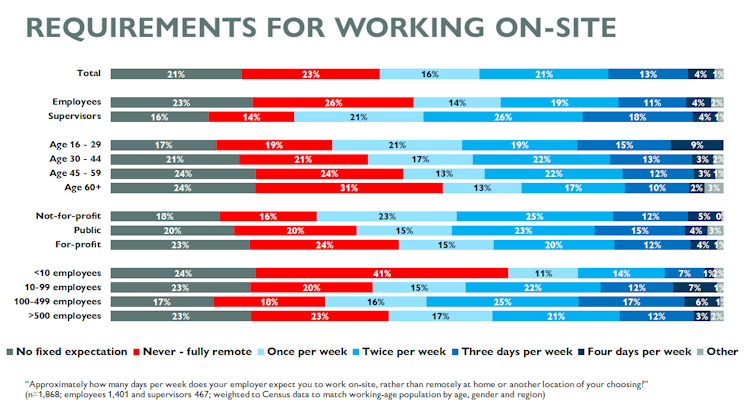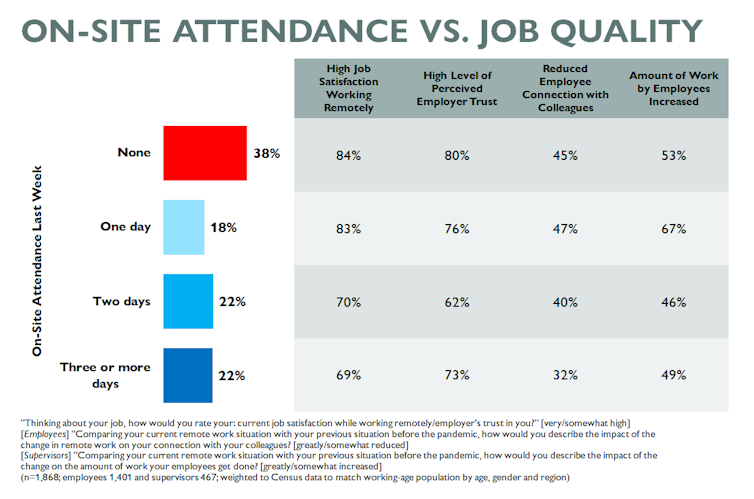Human rights group warns death of Majidreza Rahnavard ‘a significant escalation of violence against protesters’

Patrick Wintour, Maryam Foumani and Oliver Holmes
Fears are growing that Iran is preparing to execute scores more protesters after authorities hanged a 23-year-old man from a crane, in a public killing carried out less than a month after he was arrested and following a secretive trial.
Majidreza Rahnavard was sentenced to death by a court in the city of Mashhad, a centre of the protests, for allegedly killing two members of the paramilitary Basij force and wounding four others. The Basij, affiliated with the country’s feared Revolutionary Guards, has been at the forefront of the state crackdown.
The pro-government Mizan news agency published a collage of images of Rahnavard hanging from a metal crane, his hands and feet bound, a black bag over his head. Masked security force members stood guard in front of concrete and metal barriers that held back a crowd early on Monday morning.
Rahnavard was not allowed to choose his own lawyer, challenge the evidence against him or ask for the trial to be held in public.
Iranian activist network 1500tasvir said Rahnavard’s mother was allowed to visit him the night before he was hanged. Neither was aware of his imminent execution, according to the group, which posted a photo on Twitter of the two hugging and smiling.
The US state department said the latest killing showed the clerical leadership feared its own people.
“These harsh sentences … are meant to intimidate Iran’s people, they’re meant to suppress dissent and they simply just underscore how much the Iranian leadership actually fears its own people,” state department spokesperson Ned Price told reporters.
Iran has carried out public hangings in the past, most infamously in the 1980s during a mass purge of dissidents and after the disputed 2009 presidential election, but they have become rare in recent years.
State TV showed a video in which Rahnavard said in the court that he came to hate the Basij forces after seeing them beating and killing protesters in videos posted on social media. Activists said he was forced to confess under torture, providing a photo of him with his arm in a sling. An internet blackout and restrictions on reporting make it impossible to corroborate claims out of Iran.
The director of the Oslo-based group Iran Human Rights, Mahmood Amiry-Moghaddam, warned that the public execution of a young man so soon after his arrest indicated “a significant escalation of the level of violence against protesters”.
“Rahnavard was sentenced to death based on coerced confessions, after a grossly unfair process and a show trial,” said Amiry-Moghaddam, a leading activist in exile. “This crime must be met with serious consequences for the Islamic republic.”
He said there was “a serious risk of mass execution of protesters” as thousands were in custody.
UN human rights experts estimated that more than 14,000 people have been arrested since rallies first erupted in mid-September over the death of Mahsa Amini, a Kurdish-Iranian woman arrested by the morality police for allegedly wearing her headscarf the wrong way. She left police custody in a coma and died in hospital from severe head wounds.
Iran is already the world’s most prolific user of the death penalty after China, Amnesty International says. The rights group warned this weekend that the lives of two more young men sentenced to death – Mahan Sadrat and Sahand Nourmohammadzadeh – were both at imminent risk.
Two other people were found guilty of offences that carry the death penalty on Monday, adding to the 25 others that Iranian media have said face execution.
Tehran has repeatedly blamed foreign enemies for what it describes as “riots” and accused “terrorists” of killing dozens of security force members in an uprising that represents the biggest challenge to the regime since the shah’s ousting in 1979.
European Union foreign ministers on Monday imposed new sanctions on Iran over the “widespread, brutal and disproportionate” crackdown on anti-government protests, but also its drone deliveries to Russia for its use in the Ukraine war.
The EU “will take any action we can to support young women and peaceful demonstrators”, the bloc’s foreign policy chief, Josep Borrell, said.
The German foreign minister, Annalena Baerbock, said the sanctions were targeting “in particular those who are responsible for the executions, the violence against innocent people”.
Twenty individuals were sanctioned – having their assets frozen and banned from EU travel – over human rights abuses. Those sanctions are seen as having little impact by Iranian activists, who have called for Europe to begin expelling Iranian diplomats. Activists have also in the past put pressure on companies providing cranes to Iran to halt sales, warning they can be used for executions.
Rahnavard was the second person involved in recent demonstrations to be executed. On Thursday, Iran hanged Mohsen Shekari, who had been convicted of injuring a security guard with a knife and blocking a street in Tehran. During his trial, Shekari showed signs of torture visible on his face, his uncle Mahmoud Shekari said.
His execution over an alleged offence that was non-fatal has raised serious concern over the low bar Tehran is using for capital punishment. One pro-regime legislator, Zohra Elahian, claimed as many as 7,000 security officials had been injured during the demonstrations.
Heartfelt appeals from parents of sons about to face the death penalty have appeared online or in newspapers protesting that their children are innocent and demanding they are given the basic right to a lawyer of their choosing.
Reformists who remain loyal to the idea of the Islamic republic have been warning hardliners for weeks that they need to listen to the protests and respond, or see most of the already alienated population demand the overthrow of the entire post-1979 system.
At least 488 people have been killed since the demonstrations began in mid-September, according to Human Rights Activists in Iran, a group that has been monitoring the protests. Another 18,200 people have been detained by authorities.
The Associated Press contributed to this report
